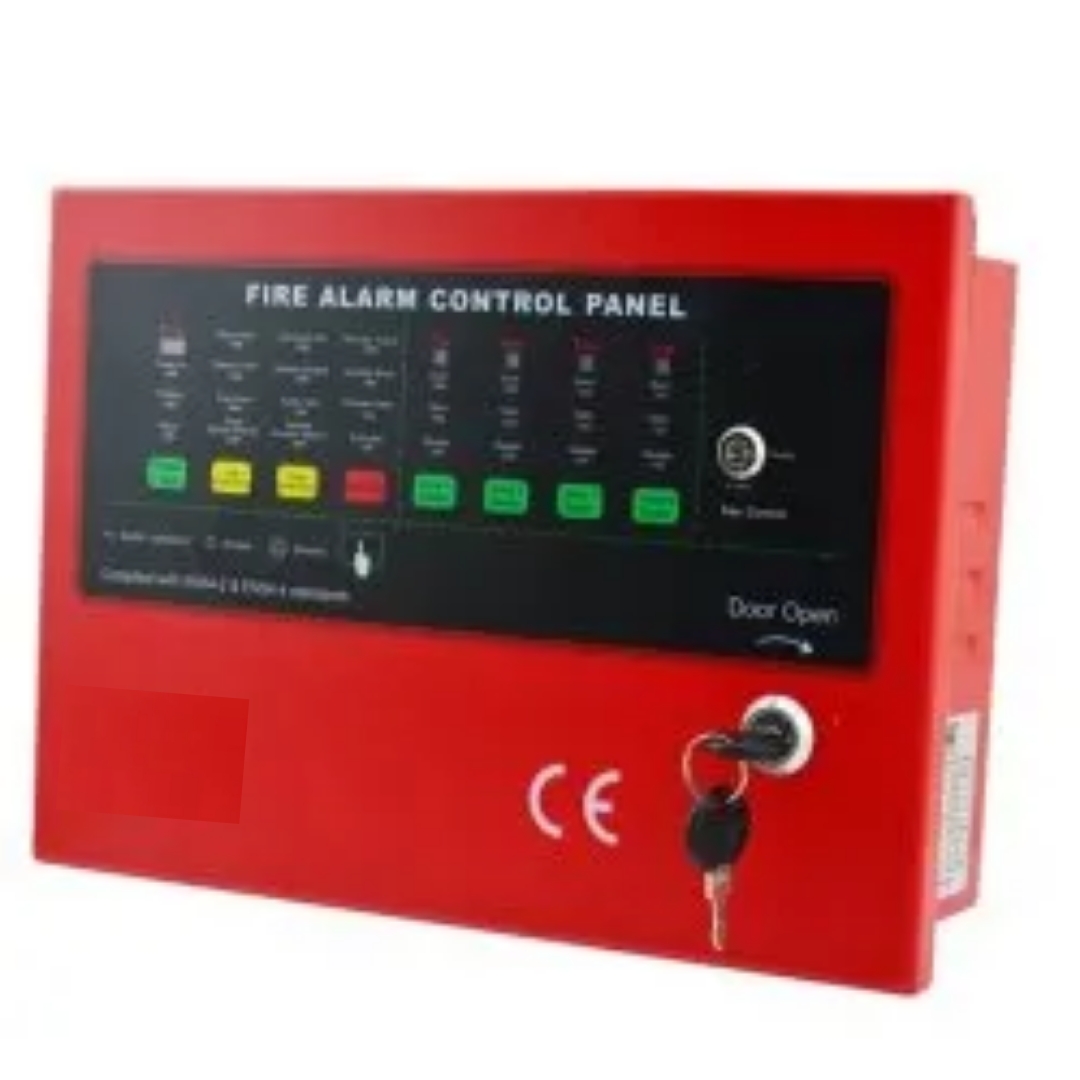
CONVENTIONAL FIRE ALARM CONTROL PANEL
Product Description
Fire alarm panel is the controlling component of a fire alarm system. The panel receives information from devices designed to detect and report fires, monitors their operational integrity and provides for automatic control of equipment, and transmission of information necessary to prepare the facility for fire based on a predetermined sequence. The panel may also supply electrical energy to operate any associated initiating device, notification appliance, control, transmitter, or relay. Advantages of Asenware fire alarm control panel
1.LPCB and CE approval,EN54 part 2&4 standard
2.1-32 zones optional
3.Optional GSM repeater for fire alarm by SMS
4.Recessed type and wall-mounted type
5.Customized panel color
6.LED indication lights of any fault,alarm status
Category: Fire Detection & Alarm System
The conventional fire detection system is one whose elements (detectors, buttons, etc.) are grouped by zones. When a detection zone goes into alarm, the acoustic and luminous warning is produced through the alarm devices: sirens, spotlights, indicators, etc. This type of fire detection facilities is the most common in small premises or car parks since, due to the small size of the premises or its open-plan nature, it is not difficult to locate the element in alarm, although the control unit cannot Indicate only the zone where the alarm occurs and each of these zones houses a relatively high number of detectors. Conventional fire detection installations are designed for maximum duration and easy maintenance.
A detection and alarm system are made up of initiation elements, fire control panels and notification elements. The advantage of a detection and alarm system lies in the effectiveness of detecting an event immediately, providing timely alerts and thus enabling a rapid intervention by trained personnel to intervene in the event. Fire detection systems are classified as conventional systems, where the areas to be protected are grouped by detection zones. And when a fire outbreak is detected in an area, the system is activated by emitting an acoustic or light warning. Intelligent analog fire detection systems differ from conventional ones in individually recognizing each detector, modules, manual stations, indicating the precise point where a fire event occurs. It is applied to large buildings such as hotels or hospitals, commercial and industrial buildings, storage sheds, factories, among other sectors.
Conventional Systems Contains:
- Fire station by zones
- Thermal detectors
- Photoelectric detectors
- Duct detectors
- Beam detectors
- Manual stations
- Sound diffusers
- Strobe lights

